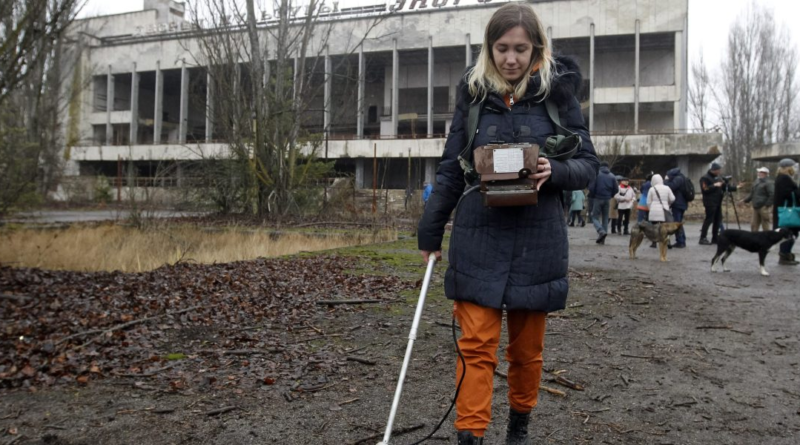Chernobyl’s radiation-proof worms are unlocking a key field of cancer research
The Chernobyl site in northern Ukraine has been filled with deadly radiation since the 1986 nuclear meltdown, but a new study shows that microscopic worms at the site seem to be unaffected by the environment—and further study about the worms’ tolerance to radiation could help the future of cancer research.
In the study, published by the peer-reviewed journal Proceedings of the National Academy of Sciences, NYU researchers found that nearly 40 years after the disaster at Chernobyl, tiny worms called nematodes collected at the site of the disaster showed no discernible changes to their genetics.
Through a series of tests, the researchers also found that the Chernobyl worms were no more or less likely to be tolerant of radiation than other non-Chernobyl worms of the same species, according to lead researcher and NYU post-doc Sophia Tintori.
Tintori cautioned that the type of tiny nematodes collected at the site (scientific name Oscheius tipulae) are pretty resilient to changes in environmental factors. Yet, by studying the range of resiliency to DNA damage in the worms, researchers can start to deduce why they differ and can then adapt those studies in the future to aid cancer research in humans. Long-term exposure even to low levels of radiation can slightly increase cancer risk in humans, according to the Environmental Protection Agency.
“We can better understand who’s at higher risk for certain types of cancers or who might be likely to respond to chemotherapies differently, and just have a better understanding of how that kind of risk works within a population,” Tintori told Fortune.
The NYU findings are also significant because researchers are still working to understand the full effects of the Chernobyl disaster. While scientists have conducted previous studies examining dogs, birds, and frogs from the area surrounding Chernobyl, those findings still don’t give us the full picture of the fallout in part because of the biological differences between animals.
The worms are particularly useful to understanding the effects of the Chernobyl disaster because they reproduce quickly, making it easier for researchers to test hypotheses, as they did for resilience to DNA damage, via multiple generations. Because the worms, which number in the millions, are essentially stuck in the conditions they were collected in thanks to cryopreservation, researchers can use them for tests for decades without worry, Tintori said.
“We can now start asking, What are the differences between those worms? What are the specific genetic differences that are allowing one to be more tolerant than the other and what are the differences in the biology of these animals?” Tintori said.
In order to get the samples, Tintori and her research team traveled to Ukraine and at times donned PPE while they collected samples of decomposing fruit and other rotting organic material from both high and low radioactive sites around Chernobyl.
Later in the lab, the researchers put the samples in a piece of tissue paper within a closed funnel filled with some water. Overnight, the worms in the samples wiggled to the bottom and collected in the water.
To avoid the worst effects of high radiation, the researchers had to move fast to collect their samples. Because radiation can damage cells but isn’t visible to the naked eye, Tintori said at times she was on edge.
“You can detect the radiation levels but you can’t detect what DNA is being damaged where in your body,” she said.




